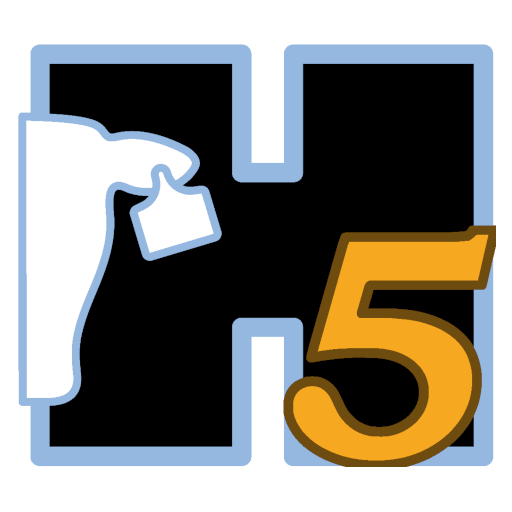Using Custom Reporter
The Custom Reporter is a module that is now free for HerdMASTER 4 subscribers. It allows users to create their own reports with the information you want on it.
Custom reporter layout
The Report Parameters area contains the reportsÔÇÖ name, a brief description, the title that appears on the output report and the field to sort the report on and whether to sort ascending or descending order.
The Report Formats area contains the custon reports you have created listed by their name.
The first checkbox hides ay animals that do not meet the criteria set in the report. The second hides any animals that do not meet all the secondary criteria (e.g. any that do not have a dam weight of W2).
The middle section is where you select what information you want on the report, each row represents a separate column of information.
Create a custom report
- Open Reports > Custom Reporter.
- If you donÔÇÖt have any custom reports set up yet the Add Custom Report window will open, you will get this window when you click the add button on the right to add a new report. Type in a name for your report and click OK.
- To start setting up your custom report, click in the source drop down menu and choose the source you want to look at. Each row in the custom reporter will come out as a column in the final report.
- Once you have chosen a source you can select a table from within that source.
- The table field above determines what overall details you want to look at within the source field. Once you have chosen the table you want to select the information from, you need to choose the specific piece of information that you want the report to display in the column. You do this by selecting the field dropdown. In the below case I have decided that my first column on my report will be each animalÔÇÖs tag. This means I have selected the Animal Tag field from the Animals table from the Animal source. If for example I had chosen Source as Dam, then the report would not give me each animal that I run the report on tag, but the Tag of each AnimalsÔÇÖ Dam.
- The Header area is where you type in the columnsÔÇÖ name that will appear on the report.
- The Total area at the end is an Aggregate field, meaning you could select to count the total number of Tags in the report and have the output included in the report. Other aggregates like averaging for weights etc. are available depending on what information you are using. Sometimes you will also have limiting options in rows (like weights) which allow you to only report animals within certain criteria (like max and min weights).
- Go through the above process for each piece of information you want on the report. (remember, each row on this screen is equivalent to one column on the report).
- Once you have finished, select the worksheet and/or filter combination you wish to run this report on and hit the process button.
- You can now export to CSV, Excel or PDF formats or you could print or select the animals found in the report and add them to a worksheet.
Import and export custom reports
On the custom reporter page you will see two buttons for importing and exporting Report Formats.
These buttons allow you to export the reports you have created to XML format for transfer to other systems.
As the reporter stores the reports for each system separately it means you could have a system for yard-work that has particular custom reports set up on it and one back in the office with completely different reports stored on it. This technique can make it easier to keep your report list to minimum on each system.
This also means you can get a custom report that a friend found useful, or share one you have found helpful with others.
!! IMPORTANT NOTE !!
Because of the way custom reporter stores itsÔÇÖ own reports custom reports are not saved to your backup files, so when you are transferring to another computer, make sure you export all the reports you use, then import them on the new system.
